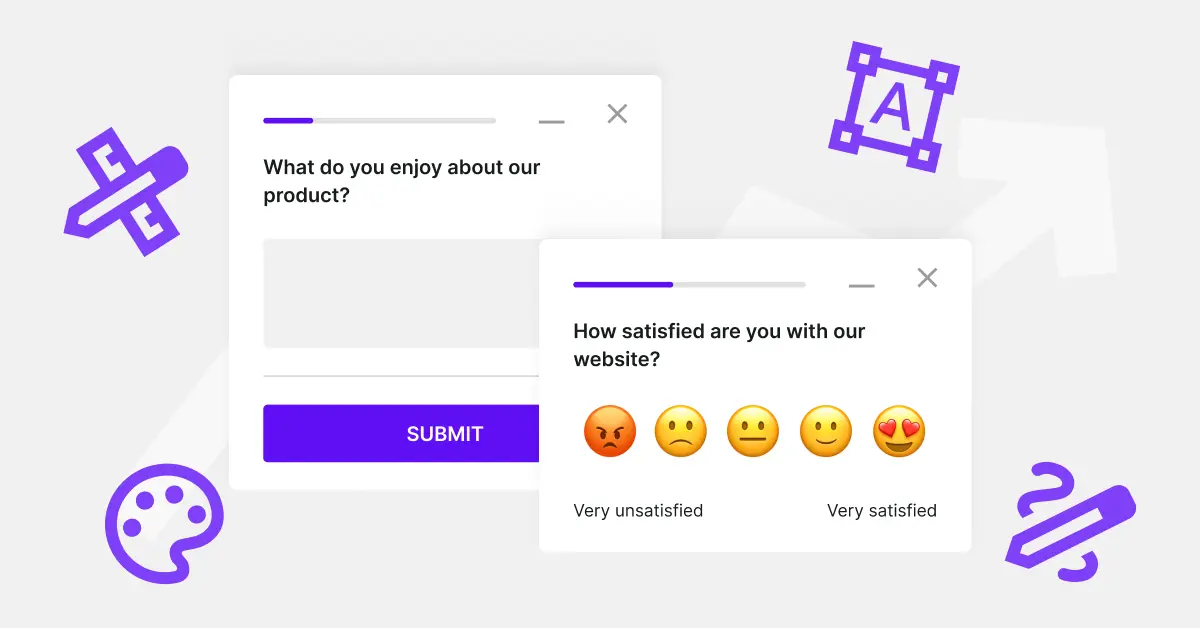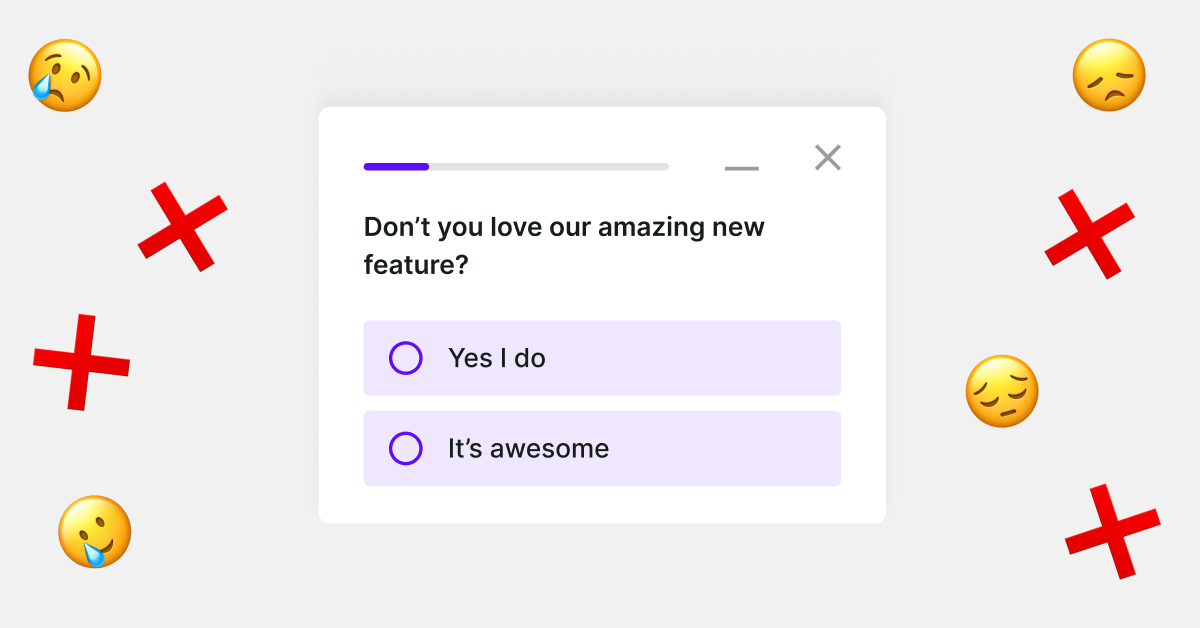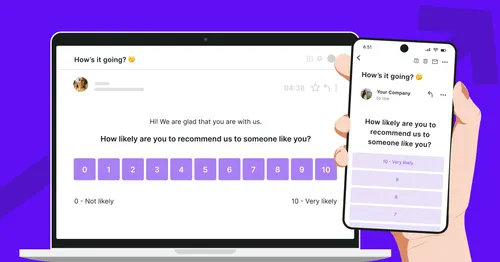Surveys are powerful tools for collecting information, whether you're a researcher aiming to understand public opinion or a business seeking customer feedback. However, creating a well-designed survey is crucial for obtaining accurate and meaningful results. In this guide, we'll explore the fundamental principles of survey design in simple language, helping you create surveys that yield valuable insights.
1. Define Your Purpose
Before diving into survey creation, clearly define your purpose. Ask yourself, "What do I want to learn?" Whether you're interested in customer satisfaction, employee engagement, or public opinion, a well-defined purpose will guide your survey design and ensure you gather relevant data.

2. Know Your Audience
Understanding your audience is key to crafting a successful survey. Consider demographics, interests, and knowledge levels. Tailoring questions to your audience increases the likelihood of receiving thoughtful and accurate responses. For example, questions for teenagers may differ from those for senior citizens.
3. Choose the Right Survey Type
Surveys come in various formats, such as interviews, questionnaires, and online forms. Choose the type that suits your purpose and audience. If you're studying a sensitive topic, an anonymous online survey might encourage more honest responses.
4. Keep it Simple
Simplicity is the golden rule of survey design. Use clear and straightforward language to ensure that respondents easily understand your questions. Avoid jargon or technical terms that might confuse participants. Simple questions lead to reliable and meaningful answers.
5. Create a Logical Flow
Organize your survey questions in a logical order. Start with easy, non-threatening questions to build rapport with respondents. Gradually progress to more complex or sensitive topics. A well-structured survey maintains participant engagement and reduces the likelihood of incomplete responses.
6. Use Closed-Ended Questions
Closed-ended questions provide respondents with predefined choices, making data analysis more straightforward. Options can include multiple-choice, Likert scales, or yes/no responses. These questions are efficient and facilitate quantitative analysis.
7. Balance Question Types
While closed-ended questions are valuable, include open-ended questions for qualitative insights. Open-ended questions allow respondents to express their thoughts freely, providing a richer understanding of their opinions and experiences.
8. Watch Your Question Wording
The way you phrase questions can influence responses. Be neutral and avoid leading or biased language. For instance, compare "How satisfied are you with our excellent customer service?" to "How satisfied are you with our customer service?" The first question implies excellence, potentially biasing responses.
9. Pilot Test Your Survey
Before launching your survey, conduct a pilot test with a small group similar to your target audience. This helps identify confusing questions, ambiguities, or potential biases. Adjust your survey based on feedback to ensure clarity and relevance.
10. Keep it Relevant and Concise
Respect respondents' time by keeping your survey concise and focused. Eliminate unnecessary questions and prioritize those directly related to your purpose. A shorter survey is more likely to retain participant interest and yield accurate responses.
11. Consider Response Order Effects
Be mindful of how the order of questions may influence responses. Primacy and recency effects suggest that people may remember and prioritize information presented at the beginning or end of a list. Randomize question order to minimize these effects.
12. Include Demographic Questions Thoughtfully
If including demographic questions, do so thoughtfully. Consider whether the information is necessary for your analysis and respect respondents' privacy. Clearly explain why you're collecting demographic data and assure participants that their responses are confidential.
13. Test for Bias
Survey bias can occur when questions unintentionally favor one response over another. Regularly review your survey for potential bias, ensuring that questions are phrased in a balanced and unbiased manner. This enhances the validity of your results.
14. Provide Clear Instructions
Include clear instructions at the beginning of your survey to guide participants. Explain the purpose, estimated time commitment, and any special instructions for specific question types. Clear instructions reduce confusion and enhance the quality of responses.
15. Offer Response Options Carefully
When crafting response options, ensure they cover the full range of possible answers. Avoid overlapping categories and make sure participants can easily choose the option that best represents their opinion or experience.
Conclusion
Survey design is both an art and a science, requiring careful consideration of various factors to ensure reliable and meaningful results. By defining your purpose, understanding your audience, and adhering to principles of simplicity and clarity, you can create surveys that effectively gather the information you seek. Remember, a well-designed survey is the foundation for valuable insights and informed decision-making. Try out Survicate for free.













.svg)

.svg)



